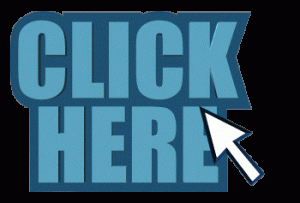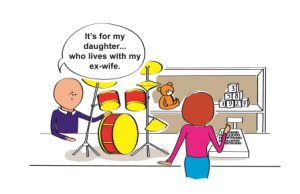As I mentioned in a previous piece, my goal on the LIVESTRONG.COM content team is to have a constant presence in our reader’s lives, encouraging them to get and stay healthy.
Email newsletters have been key to inspiring our readers to visit daily, and we’re not the only ones. Over 60 percent of marketers indicate that email is their most important digital marketing tool, according to BtoB.
Our click-to-open rate (CTOR) and click rates are above industry average at 33.3 percent and 8.3 percent respectively, so allow me to share some tips that can help improve your content marketing email newsletters.
—–
1. Subscribe to other newsletters.
Of course I think our LIVESTRONG.COM newsletter is irresistible. But before you accuse me of shameless self-promotion, know that I could also rattle off dozens of other email newsletters that I know and love.
You should be just as intimately familiar with the newsletters of your competitors and industry at large. In fact, I recommend spending an hour per day staying in the know. Make notes of subject lines and headlines that work (and don’t work), and take notes on the hot topics you should be covering.
For example, I love 5 Intriguing Things by former Atlantic Monthly and Wired writer Alexis Madrigal. Each newsletter contains “five tidbits from the past and future,” such as wearable computers, drones, biohacking, the future of work, corporate surveillance and more. While not always related to health and fitness, it provides great insight into sensational headlines and interesting topic angles.
2. Include links to your best and most engaging content in your newsletter.
We all love getting emails from our friends, particularly those that are funny or have random bits of information. Aim to be that friend. You want subscribers to feel they’re missing out if they don’t open your email.
To accomplish this, include high quality content that provides the most value for your audience. More than just quality, look for what’s already trending on your site or social media pages. For example, we monitor comments and social shares on each article. If people are leaving comments and sharing it with their social networks, chances are good that the same piece will resonate well with our newsletter readers.
When thinking about content to include in your newsletter, ask yourself these other questions:
- “Is this something my audience will care about?”
- “Is it something they know already or something new?”
- “Will they find this information helpful?”
3. Write subject lines and headlines that compel clicks.
The best email newsletters are written in a personal and casual tone. But that doesn’t just mean writing fun newsletter teasers. Instead, your best writing must start at the very beginning: the subject line.
The same goes for your headlines. Once you’ve got people interested enough to open your email, you’ve got to induce the click.
How to achieve this?
Use power words. There are some great resources out there for surfacing hundreds of power words. Just keep in mind that your specific audience may have its own unique set of power words. For example, LIVESTRONG.COM readers respond to words like “mistakes,” “hacks” and “traps.”
Start your headlines with numerals. Back in 2007, Jakob Neilsen published a definitive study showing that numbers catch the eye when scanning for information. This is still true today. For example, our number-based subject lines (e.g. “5 High-Protein Paleo Breakfasts”) have a consistently higher open rate when A/B tested against that exact same headline without the number.
Harness the curiosity factor. Pique your audience’s curiosity by leaving out a piece of key information in your newsletter teaser. You can also give a surprising fact, write an opposite headline (“4 Things You DON’T Have to Do to Get in Better Shape”) or point out mistakes they could be making in their daily lives.
4. Experiment and test, but be obsessive about measuring success.
Always A/B test several subject lines to a small percentage of your audience. After determining which test performs best, send the winning line to the remainder of your list.
Also, be sure to spend time looking at your latest newsletter’s heatmap or click stats to see where your audience did (and didn’t) click once they opened your newsletter.
After determining which headlines and content did and didn’t work, it’s a bit of an art to figuring out why that’s the case. That being said, you don’t need to be a data analyst to come away with key learnings. For example, do your readers click more on images? Call-to-action buttons? Which content types work best?
By learning hard facts and drawing conclusions, you will begin to understand more about which articles and types of content resonate strongest with your audience.
And that, after all, is the only way to stop the dreaded “unsubscribe” while upping the almighty click.
Digital & Social Articles on Business 2 Community
(321)
Report Post



